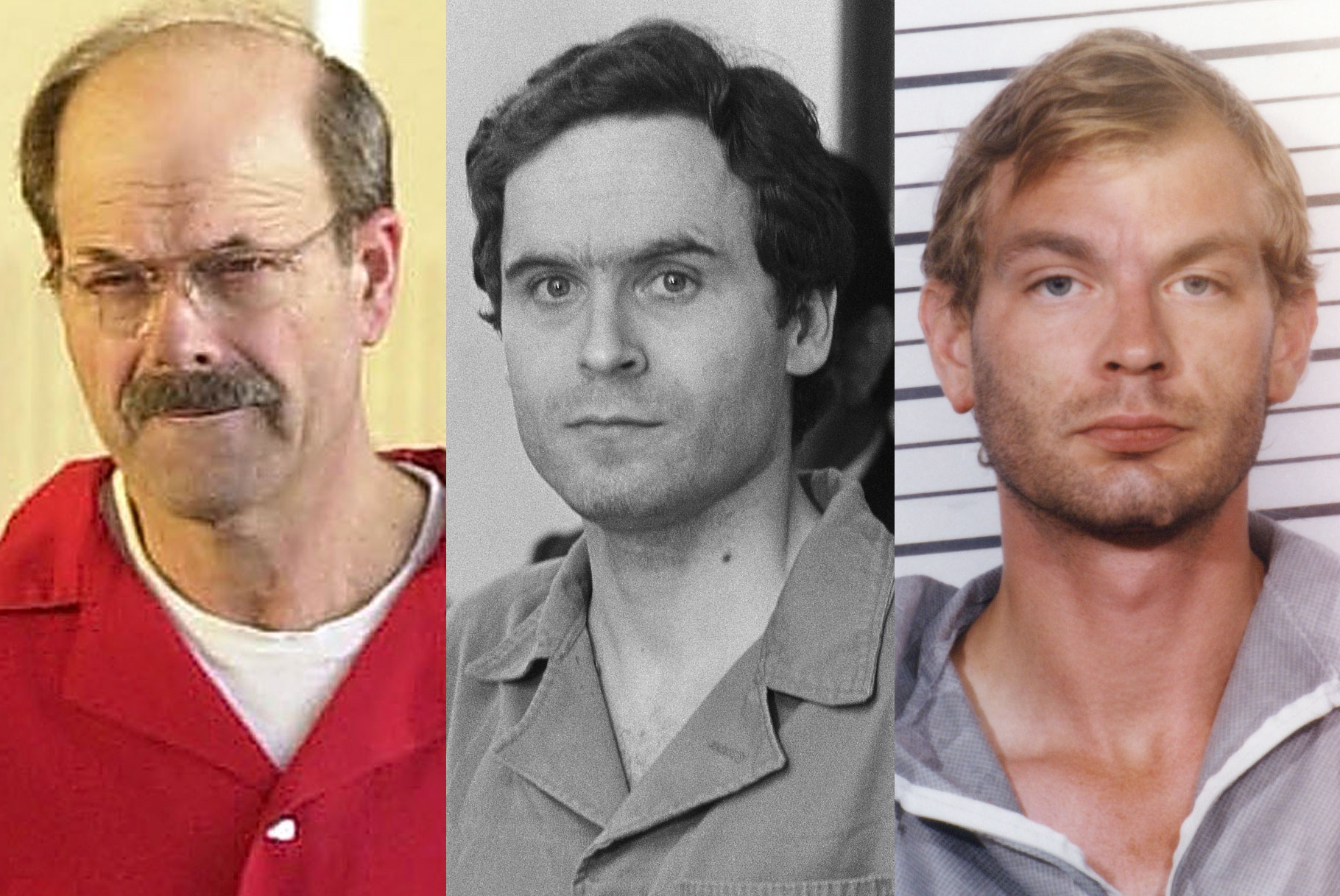By Brian Thiem: When I was in my MFA (Master of Fine Arts—Creative Writing) program ten years ago, I heard repeatedly that the most important trait of successful writers is perseverance. I was fortunate (lucky or blessed are also appropriate explanations) to be signed by a literary agent a month after graduation. Then a few months later, the amazing Paula Munier of Talcott Notch Literary Agency negotiated a three-book deal for the Detective Matt Sinclair series.
Over the next two years or so, I rewrote that first book and wrote two more for the series. I was well into writing the fourth book, when the publisher told me they were not interested in continuing the series. I was shattered. Reviews said the third book was the best, that Matt Sinclair had many more stories in him. I could’ve written more Matt Sinclair adventures for years.

I was reminded that the publishing industry can be fickle. Sometimes, when a series doesn’t hit the bestseller lists, publishers move on to another author. Paula told me to come up with a new series and start writing the first book for it.
So, I did. Authors often say that their ideas for a book begin with the question of, What If? I had been living in the Hilton Head area for two years and had been invited to join the sheriff’s Cold Case Team, a group of retired law enforcement professionals who met every month or so to look at a cold case—typically an unsolved homicide from years ago.
I thought: what if, instead of this group of old guys (and gals) doing their case review by reading the old reports and listening to an active sheriff investigator’s presentation, they took a more active approach? What if one of the “old” retired detectives was somewhat younger than the others, had moved to an “active adult” community (like where I live), and after his wife of thirty years suddenly died, he found he had no purpose in life? Then, what if there was a murder across the street from that retired detective, and he was asked to help out?
I had the premise for a story and a main character. I began writing. Over the next two years, I rewrote the story three times with the help of my agent and many fellow writers. I called it Spartina Island, based on the fictional setting I created. Paula pitched it to publishers but got no bites. Again, I was crushed. But I did what Paula suggested. I came up with a new idea and wrote another book. She pitched it, and again, got no bites from publishers. Paula suggested I write a stand-alone novel. I came up with a new idea, this time about a main character who wasn’t a cop. I spent the next year or two writing it, and then—you guessed it—no interest from publishers.
I thought long and hard about giving up. But Paula wouldn’t have it. She thought the market had changed and with a rewrite, Spartina Island would be a hit series. I revised it. And waited. And waited.

Two months ago, I signed a contract for a four-book series with Severn River Publishing. The first book will be The Mudflats Murder Club, a rewritten version of that novel I started seven years ago. It will come out in the summer of 2025, followed shortly thereafter by book #2 in the series, of which I’m about halfway through the first draft.
Today, I totally understand why those professors, all published authors, in my MFA program told me perseverance was the most important trait of a writer. If I had given up after all those rejections, I would not be looking forward to sharing another four books with readers.
So, to those unpublished writer friends out there, don’t give up. If you write a book that no agent wants to take on, or no publisher wants to publish, write another one. If that goes nowhere, write another one. And keep the old ones, because as publishing trends change and of them could be rewritten and become the next #1 bestseller.

























